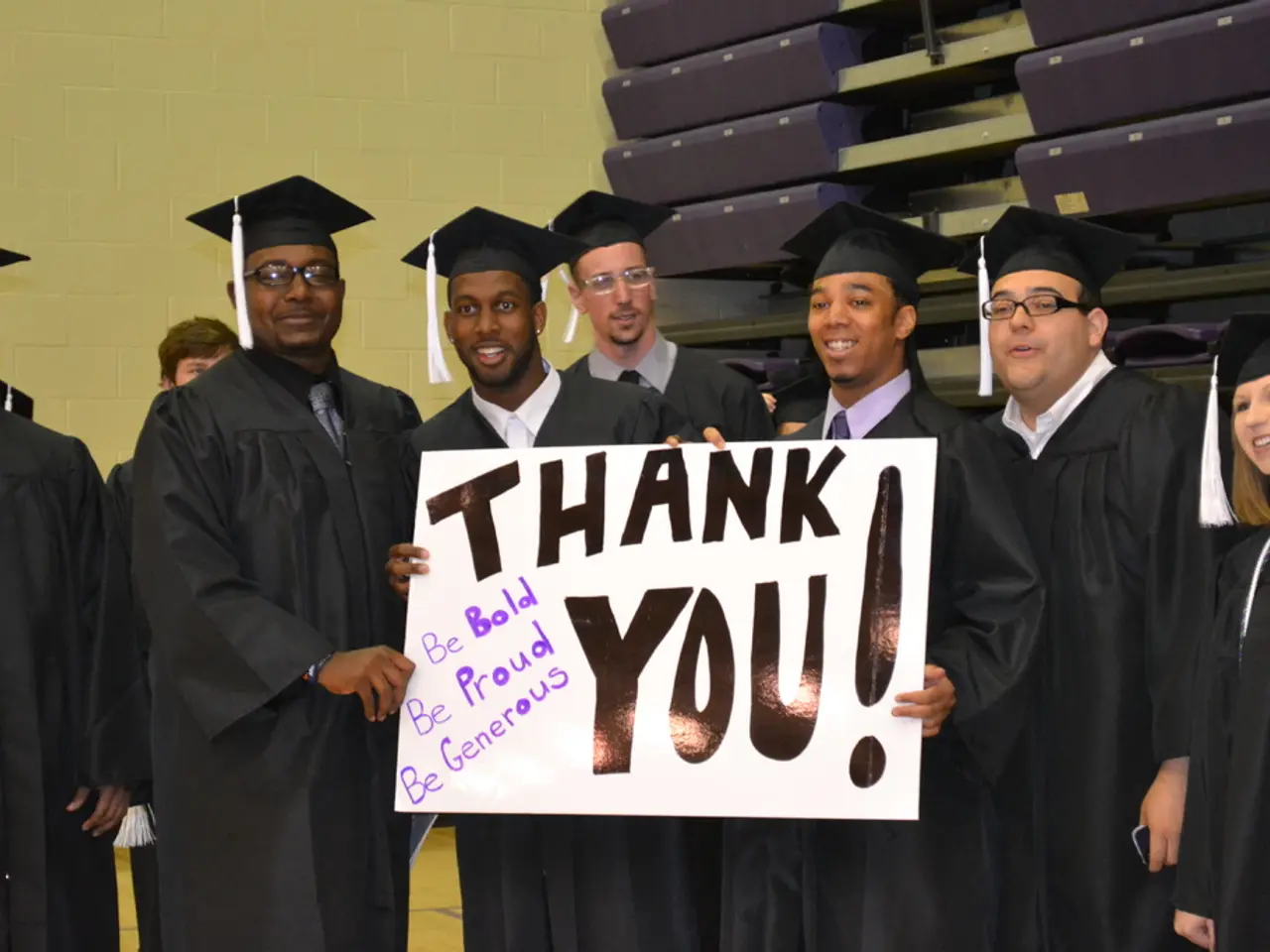Artificial Intelligence Levelling Out or Consolidation
In an unprecedented shift, Artificial Intelligence (AI) is reshaping traditional organizational structures, leading to a flattening of hierarchies and a redefinition of management roles across industries. This transformation, often referred to as the "Great Flattening," is causing a seismic change in the way companies operate.
The traditional corporate pyramid structure, with its many management layers, is in the process of collapse. Companies like Amazon are leading the charge, reducing middle management layers to create leaner, AI-enabled organizational designs. This flattening of organizational charts is a key impact of AI, with operational and administrative work previously overseen by multiple managers now being handled by AI systems.
This shift has significant implications for management roles. With AI taking over routine tasks, managers are increasingly focusing on strategic leadership, change management, and governance of AI systems. Some roles are merging, such as combining HR and digital functions under a Chief People and Digital Officer, reflecting integrated human-AI workflows.
The "Great Flattening" is also giving rise to new executive roles. The Chief Artificial Intelligence Officer (CAIO) is an emerging position tasked with guiding AI strategy, cross-functional integration, value creation, governance, and risk management. This meta-executive role highlights AI as not just a tool but a fundamental driver reshaping organizational design and leadership logic.
At the same time, the decline of entry-level jobs with repetitive tasks and the thinning of middle manager roles is creating a new dynamic that challenges traditional team structures. AI-human collaboration is at the forefront of this change, necessitating HR to rethink work design and engagement.
Leading companies are adopting hybrid governance models to manage AI adoption effectively. Centralized oversight, led by senior executives, coexists with decentralized experimentation in business units. This approach demonstrates a shift in how cross-organizational decision-making occurs, with a balance between top-down strategy and bottom-up innovation.
In summary, AI is causing a significant transformation in corporate hierarchies, with management roles focusing more on strategic, integrative, and governance functions. Organizations are redesigning structures to integrate AI effectively while balancing human and machine collaboration. This transformation, last seen during the Industrial Revolution, is reshaping the very fabric of the corporate world.
Management roles are shifting towards strategic leadership, change management, and governance of AI systems as businesses adopt AI technologies and flatten their organizational structures. This shift has led to the emergence of new executive roles, such as the Chief Artificial Intelligence Officer (CAIO), who oversees AI strategy, cross-functional integration, value creation, governance, and risk management. As AI enables leaner organizational designs, human-AI collaboration is becoming a major focus, necessitating HR to rethink work design and engagement.




